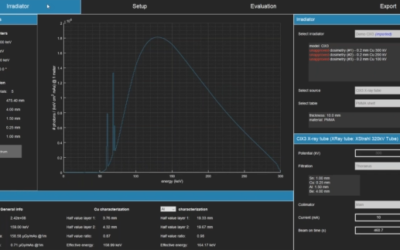Xstrahl is proud to connect investigators from diverse audiences – including academic institutions, research hospitals, CROs, biotech and pharmaceutical companies, and countless interdisciplinary teams – to inspire science and advance care with successful preclinical image-guided studies in radiation research.
Part of the success of translational research is the application of findings from preclinical studies to clinical practice and vice-versa. And it’s important for preclinical research devices to deliver all types of radiation for further investigation. At present, there are limitations in the current research systems that can support preclinical FLASH radiotherapy (FLASH-RT). FLASH-RT is the delivery of radiation at an ultra-high dose rate orders of magnitude higher than conventional irradiation.
As more investigators seek to further study highly conformal radiotherapy techniques and more thoroughly examine the transformative potential of FLASH irradiation, a new generation of X-ray irradiators must be developed to meet these preclinical research needs.
Building on the success of Johns Hopkins University (JHU) and Xstrahl to develop the first 3D image-guided irradiator over a decade ago, the two organizations are collaborating once again on a new research device based on the Small Animal Radiation Research Platform (SARRP).
SARRP is a customizable and powerful research platform designed to provide the preclinical research community with the ability to engage in the most clinically relevant, reproducible, and technically advanced studies. SARRP is the first choice of investigators worldwide for image-guided translational radiation research.
Interest is already building for the possibilities of a lab-based system to support preclinical FLASH-RT research.
Drs. John Wong and Mohammad Rezaee, from JHU presented preliminary research about SARRP-FLASH at the 2021 annual meetings of both the Radiation Research Society and the American Society for Radiation Oncology (ASTRO). They showed clear evidence of the FLASH effect in the skin murine model with high dose-rate photons.
Using a SARRP-FLASH prototype, the JHU research team and their collaborators are conducting further studies on various normal tissue and tumor models such as skin, eye, pancreas, and blood vessels in mice and rats. SARRP-FLASH allows in-depth study of the necessary conditions of dose and dose rate to achieve the FLASH effect in different organs, critical for clinical translation. These studies also shed light on the inadequacy of conventional ionization-based dosimetry for radiobiological research.
Interested in becoming an early adopter for SARRP-FLASH? Contact us!







